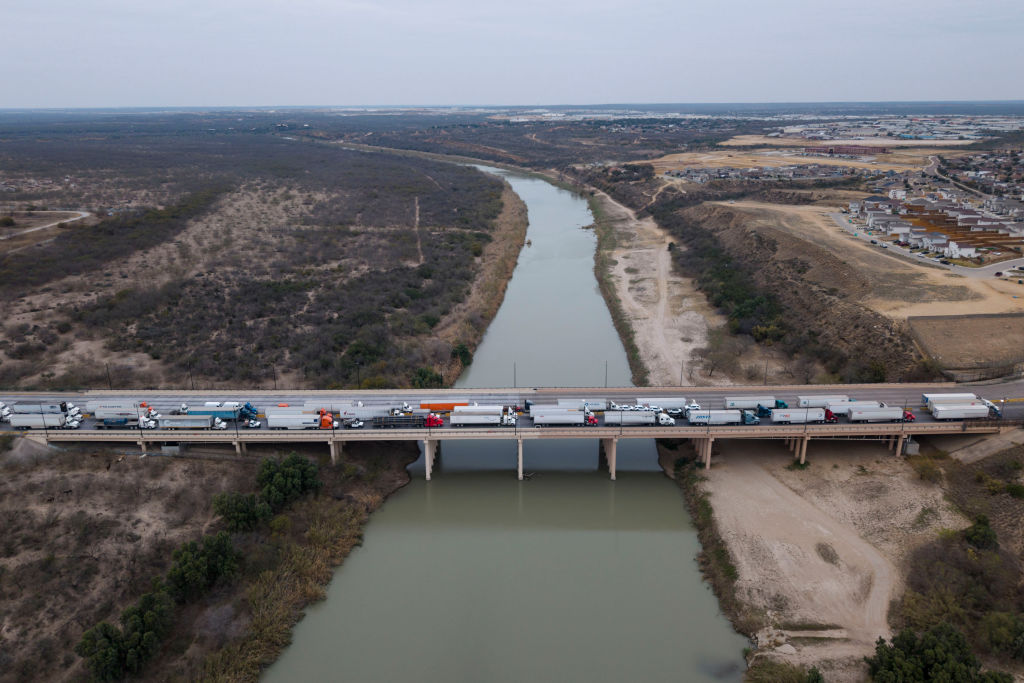LatAm Minute: James Bosworth on the State of Cybersecurity in Latin America
LatAm Minute: James Bosworth on the State of Cybersecurity in Latin America
The risk analyst, better known as Boz, talked to AS/COA Online about where Latin America’s networks are vulnerable, and which governments are making progress.









